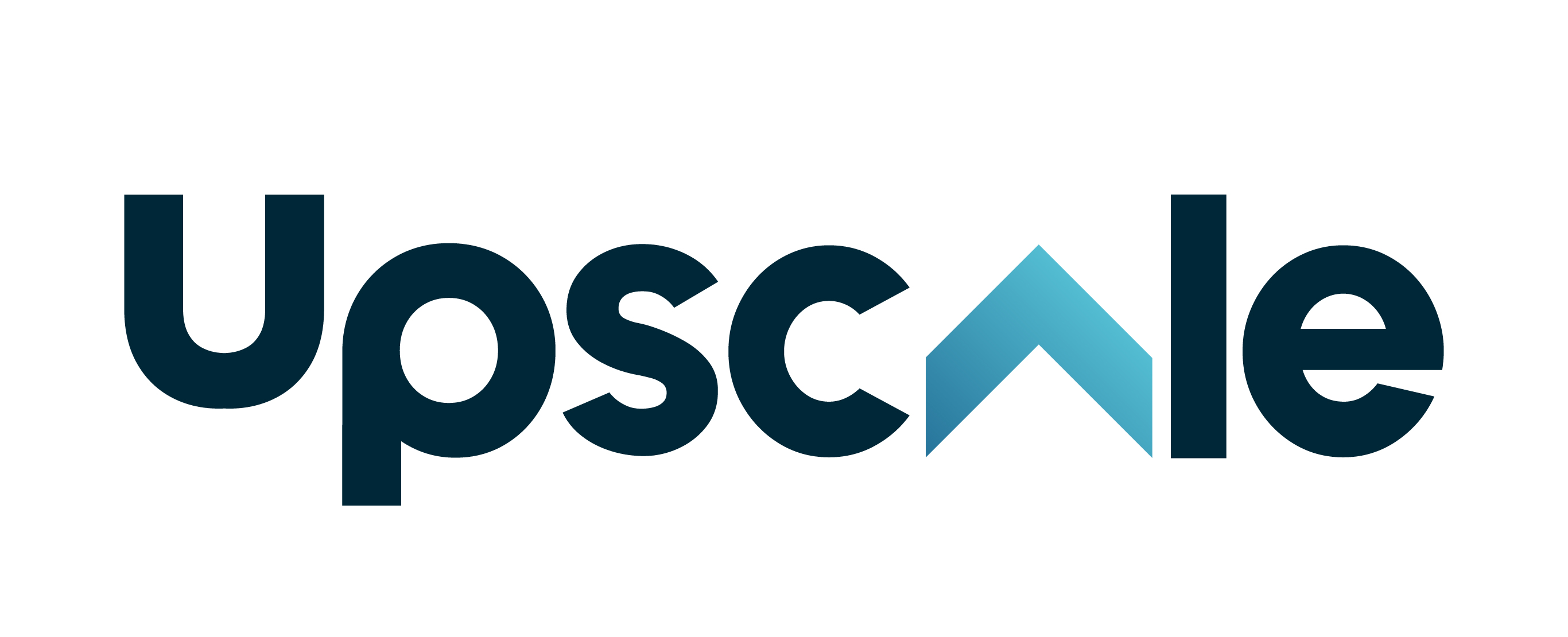The Art of Conducting Exit Interviews: How to Do It Right?
Thu, 25 Jan 2024

Exit interviews are often considered an afterthought when an employee leaves a company. But are you conducting them effectively?
If you're simply going through the motions and collecting feedback without taking action, you're missing out on valuable insights and opportunities for improvement.
So, how can you conduct exit interviews the right way? It's not as simple as just asking a few questions and checking a box.
The art of conducting exit interviews requires a thoughtful and strategic approach to ensure that employees feel comfortable sharing honest feedback and that the information gathered is meaningful and actionable.
So let's find out further in this article, shall we?
Understanding the Purpose of Exit Interviews
Exit interviews are an integral part of the employee offboarding process and serve a significant purpose in an organisation's HR practices.
They are conducted when an employee is departing from the company, and the primary goal of such interviews is to gain insights into the overall employee experience within the organisation and identify opportunities to improve retention and engagement.
Based on a study conducted by Harvard Business Review, it was found that 75% of companies conduct exit interviews.
Out of those, 70.9% have their HR departments handle the process, 19% have the departing employees' direct supervisors conduct the interviews, 8.9% delegate the job to the immediate supervisor's manager, and 1% seek assistance from external consultants.
It's essential to note that exit interviews must be conducted in a structured manner to gather meaningful data.
The Objective of Conducting Exit Interviews
Identifying the Reasons Behind Employee Departure
The primary purpose of exit interviews is to learn the reasons for the employee's departure, get feedback on the company's operations, and understand any issues causing employee dissatisfaction.
This is done to understand whether any operational, behavioural, or strategic issues are causing dissatisfaction among the staff. Often, employees are more open and honest during exit interviews, giving the company valuable insights into its work culture and environment.
Gaining Insight into the Company's Culture
An employee's perspective can provide an unfiltered view of the work environment, team dynamics, management style, and organisational values.
This feedback is essential to identify any toxic behaviours, unfair practices, or misconceptions that might be prevalent within the company.
Exit interviews offer an opportunity to assess the effectiveness of the company's policies and procedures. If an employee cites issues with these as a reason for leaving, the company can take steps to rectify these problems.
Understanding Employee Satisfaction and Engagement
Exit interviews can reveal whether the employees felt valued and engaged in their roles. If not, the company can identify the areas they lack and implement measures to improve.
Employee engagement and satisfaction directly impact the company's productivity, morale, and turnover rates. Thus, exit interviews enable the company to make necessary changes that can enhance employee engagement and satisfaction for the remaining employees in your organisation.
Setting the Right Tone for Discussion
Setting the right tone for an exit interview is crucial; it's your job to create an atmosphere of trust and openness where the departing employee feels comfortable sharing their experiences and insights.
To achieve this, your approach must be professional yet empathetic.
Begin by expressing your gratitude to the employee for their contributions and time.
This sets a positive tone and shows respect for their efforts. Remember, your goal isn't to interrogate but to engage in a meaningful dialogue. Ask open-ended questions that encourage them to reflect and share their thoughts.
Maintaining a neutral demeanour is essential.
Even if you're surprised or disappointed by their responses, keep your emotions in check. This isn't about defending company policies or practices but listening and learning.
Be transparent about how the information they provide will be used.
Assure them that their feedback will be treated confidentially and used for organisational improvement. This will help alleviate any concerns they might've about sharing.
Formulating Effective Exit Interview Questions
The questions for an exit interview should be carefully formulated to encourage departing employees to share their experiences and thoughts candidly.
The questions should not only focus on the reasons for leaving but also cover aspects like job satisfaction, work environment, management, and opportunities for growth and development in the organisation.
Thus, the questions should be open-ended, neutral, and non-threatening.
Assure the departing employees that their feedback will be used constructively and there will be no negative repercussions for them. They should not solely focus on why the employee is leaving but also explore their overall organisational experience.
The effectiveness of exit interview questions lies in their ability to extract insightful and actionable feedback.
Here are examples of some practical exit interview questions, which you can use and amend according to your interview circumstances:
• What do you think are the strongest aspects of working at our company?
• What do you think could be improved upon?
• How would you describe the company culture?
• Did you feel supported in your role by your manager/supervisor?
• Was there enough opportunity for growth and development?
• Was there anything that could have been done to make your experience better?
• What motivated you to look for a job elsewhere?
• Are there any suggestions or advice that you can give us on how we can improve our workplace environment?
How To Use Exit Interview Data For Better HR Management
Analysing Exit Interview Data
Once the exit interviews have been conducted, the next step is to analyse the data collected.
This involves looking for trends or common reasons why employees are leaving. It may also include comparing the data from different departments or teams to identify specific issues within certain areas of the company.
Transforming Exit Interview Data into Actionable Strategies
Using the analysed data, the HR team can formulate solutions to address the areas of concern identified during the exit interviews.
For instance, if employees leave due to a lack of growth opportunities, the company might want to reevaluate its career development programs or create new ones.
60% of HR managers say they used the data gathered from exit interviews, and you should do the same, too, so you can refine it for better analysis.
In addition, the strategies formulated should adhere to the SMART principle - short forms for Specific, Measurable, Achievable, Relevant, and Time-bound. This method guarantees that the strategy devised are practical and attainable within a predetermined time limit.
For example, setting a goal to reduce employee turnover rate by 10% within one year is much more effective than simply aiming for a decrease in turnover without any clear aim or timeline. With that goal, highlight in detail how you plan to achieve it.
Monitoring the Impact of Changes Made
This can be done by periodically conducting employee satisfaction surveys or through informal feedback sessions. The aim is to evaluate whether the implemented changes effectively address the identified issues.
In addition, monitoring allows the HR team to adjust the strategies as needed. If a particular approach is not yielding the expected results, it can be tweaked or replaced with a more effective one.
This ongoing monitoring and adjustment process ensures that the company continually improves its HR practices based on the valuable insights provided by exit interview data.
Continually Evolving HR Management Practices
Using exit interview data for better HR management is not a one-time activity.
It's a continuous process that requires the HR team to consistently collect, analyse, and utilise the data to evolve their HR practices. As the company grows and changes, so do the needs and expectations of its employees.
Thus, the HR team should stay proactive and continually seek feedback from employees, especially those who are leaving. By doing so, they can identify and address new issues as they arise, ensuring that the company remains a great workplace.
Remember, it's not enough to collect this data - you need to use it. Make changes based on the feedback you receive and monitor the results. Are fewer employees leaving? Are they happier in their roles? Answer those questions as you evolve your HR practices.
Maintaining Relationships Post-Interview
After implementing the changes based on exit interview insights, keep the lines of communication open with your former employees.
This is more than a courteous gesture; it's a strategic move that can benefit your organisation in the long run.
Maintaining relationships with ex-employees can lead to valuable networking opportunities, potential rehiring, and even positive word-of-mouth advertising.
It's about nurturing who can vouch for your company's work culture, ethics, and growth opportunities.
Here's how you can do it.
First, make sure to express gratitude for their contribution to your organisation. A simple thank you can go a long way in leaving a good impression.
Second, be open to feedback even after they've left. They may have insights they didn't share during the exit interview.
Lastly, keep them in the loop about company updates. You can do this through newsletters or other online channels that allow you to keep them informed.
By following these steps, you can ensure that your former employees are still connected to your company and view it in a positive light.
To Conclude,
Mastering the art of conducting exit interviews is essential in improving your company's culture and retention. Always ensure you set the right tone, ask effective questions, and foster an environment of honesty.
Handle negative feedback gracefully, use the data constructively, and maintain relationships post-interview. Remember, this isn't just a formality; it's an opportunity for growth.
Doing it right will gain you invaluable insight and build a more vital and resilient organisation.
Upscale enables you to hire and retain the best employees and build an excellent company culture. Our diverse talent pool and effective recruitment processes will help you find the perfect fit for your organisation.
Get in touch with us today to learn more by visiting upscale.my.

